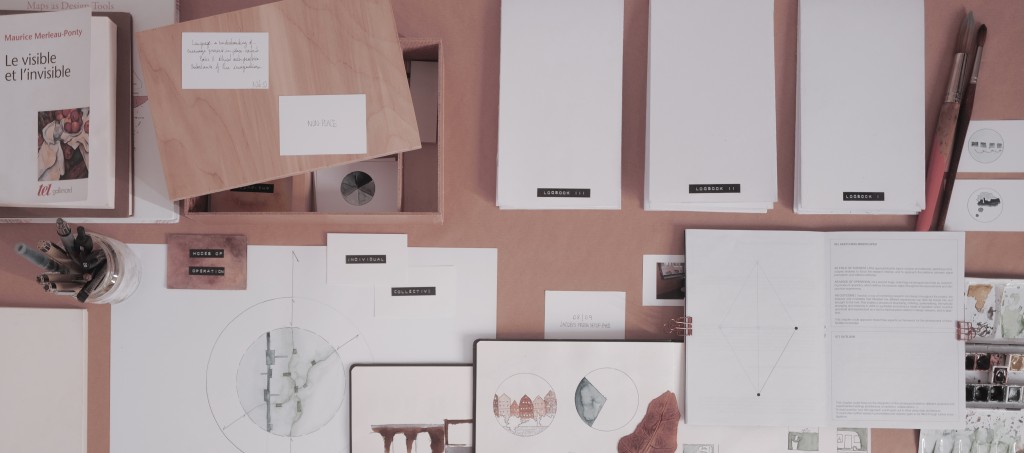ESR 9 – Caendia Wijnbelt

Research Objectives
This research aims to explore reflexive modes of operation as means to uncover intentional (yet rarely noticed) as well as underlying (and often intuitive) facets of architectural practice. Processes inherent to perception and interpretation of place are therefore investigated, potentially generating research and design tools. In other words, this project hones into reflexive attitudes towards place in contemporary architecture as generative and mediating lenses for design. This, in turn, opens to a possible framework for the development of transferable knowledge skills.
Project Description
The project approaches reflexive dimensions of place perception in order to uncover forms of tacit knowing in design and research practices. Architects and architectural offices may develop and evolve their qualitative toolsets when designing in relation to place, involving embedded, embodied and enacted knowing in the process. Reflexivity can shed light on these aspects while stimulating more layered approaches to place related practices: dynamic attitudes which activate synesthetic perceptions as well as relational, versatile perspectives/modes of thought. This research tries to unravel these attitudes by promoting deeper readings and perceptual experiences of sites and localities. It inquires into the practitioners individual and collaborative repertoire tools, modalities and practices of place interpretation. Thereby, reflexive features and their iterative yet case-specific qualities can be revealed and developed. This anchors itself to a broader search of better understanding our shared living environments, and creating proposals for future habitat.
Tasks and Methodology
A discourse analytical approach as well as a phenomenological hermeneutic research practice is proposed. Past yet relevant as well as current and situated discourses on place and reflexivity are observed and related to each other. Examining generated terms and lenses on place perception and extracting their reflexive features then shapes an evolving taxonomy for the project. In parallel, participatory observation secondments, further dialogues and on-site studies stimulate interpretative approaches where different forms of sensorial/projective recording are used and processed. This aims to create at a last stage a new reading of possibilities afforded by what is tentatively named ‘sketching mindscapes’. Exploring tools to open to new bridges for design and research, the project seeks to reach beyond the architectural discipline, widening to the creative field as a whole.
Secondments
This project involves two secondments. A practice-based secondment takes place at the architecture and urbanism partnership Cityfoerster, in the Hannover office. There, an active attitude is set in motion by selecting, arranging and interpreting various traces of place relation and potential reflexive attitudes in the practice. The broad range of explorations along with material outputs serve as groundings for the next stages of the research. Later, a rhetorical secondment is held at the Vlaams Architectuurinstituut (VAi) in Antwerp, which proposes to broaden the research held until then in a specific local context. This will be set in motion by approaching place and reflexivity from a wider lense of multiple practices, along with new modes of encounter, staging and mediation which go hand in hand with the context of a cultural institution.
Dissemination and Communication
The project will be broadly disseminated, with a focus on analogue formats and experiences (e.g., booklets, physical exhibits, events and articles). The project will culminate in the production of a thesis in fulfilment of the requirements for a doctorate at the Leibniz University Hannover, with the subsequent potential for the work to take a range of exhibiting and publishing shapes.
More questions? Send Caendia an email.
